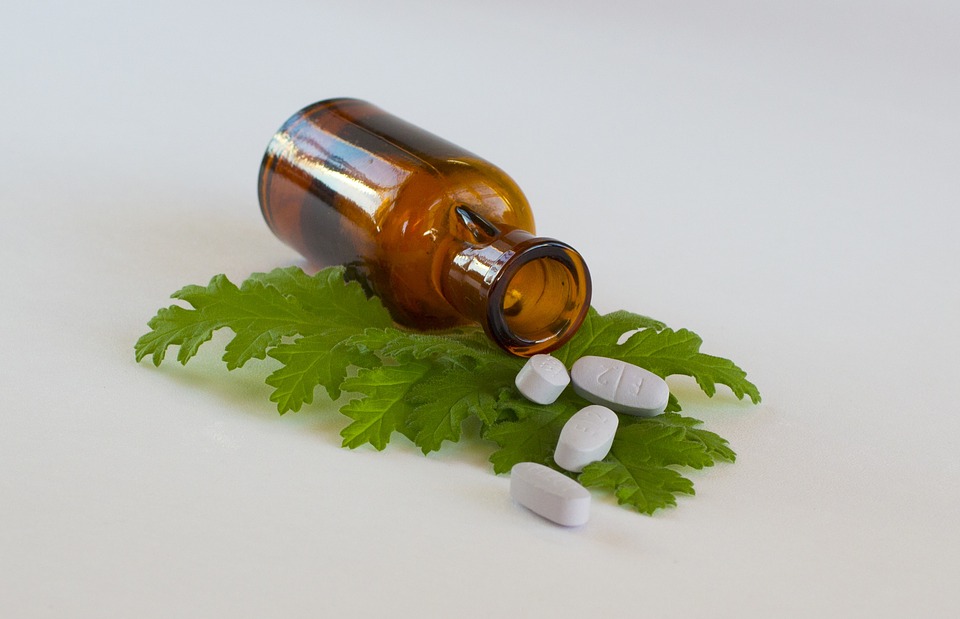Some common examples of toxicity oxalate crystals from Halogetan glomertus. Bieb(chenopodiaceous)can damage the tubule in kidney because they are insoluble, precipitate,and collect in the kidney tubule, which then obstructs them.(Newall et al. 1996, James and butcher,1982).
The alkaloids, aconitine in aconite, affects the sodium channel on the cell membrane which can lead to increased uptake in sodium and other ions. This leads to cardiac arrhythmias and depression of respiratory system. (Lincoln and Black, 1980, Friese, 1997)
Tubocurarine, the most potent constituent in curare, denies access to neurotransmitters in nerve receptors, this result in paralysis of the muscle, including the respiratory muscle.(Chan et al.)
The psychotropic plants alkaloids; harmine and hermaline resemble serotonin and are thought to block the serotonin receptor in the brain.morphine and other opiate bind to neurotransmitter receptor in the brain. In large amount they can depress the respiratory center in the brain. Glucosinolates are compounds found commonly in plants of mustard family.some can be powerful irritant to eyes, skin and respiratory tract. (Koppaniya and Vivino,1944)
Some alkaloids disrupt nerve tissue such as coniine from poison hemlock causing nervousness; trembling, arrhythmia, bradycardia, and fatal paralysis, saponins can cause gastric upset because of its "soapy" properties, which interfere with digestion.
Impaired memory loss in human being by plants like Belladona, Datura, cardiotoxic effects by digitalis, anticholinergic symptoms by Belladona. Cyanide poisoning by seeds, bark and leaves of apricots, hypokalemia, hypertension,and cardiac problems by Liquirice,renal failure by herbs used for weight loss,hypertension ,nervousness, skin rashes, and sleeplessness by ginseng ,hepatotoxicity by turmeric, poisoning by colchicine, hypersensitivity reaction by Ephedra and severe contact dermatitis caused by garlic are few toxicities produced by herbs.(Brown and andmorra,1995)
Other factors responsible for toxicity: (WHO graphics, 1999, Tyler, 1987, Bhushan et al. 2003, Vishwanathan et al.2003, WHO Medicinal Plants, 2004, Goldman and Myserson, 1991)
i- Substitution
ii- Heavy metal.
iii-Contamination
iv- Poor local technology
v- Storage
vi- Product movement

